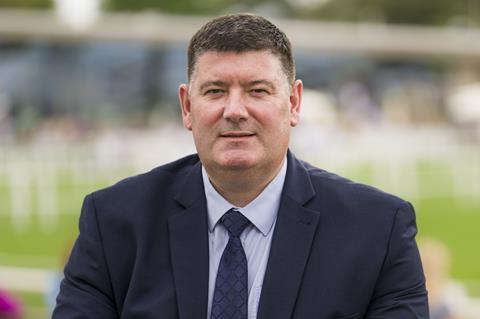The Scottish Association of Meat Wholesalers (SAMW) has warned that the rural landscape of Scotland will undergo significant change if the decline in cattle numbers isn’t addressed.

Speaking at the organisation’s annual conference at Ingliston, Alan Brown, president of the SAMW, told industry, farmers and Government leaders that jobs, the Scottish economy and food security “will all be impacted unless real action is taken to reverse the continuing downturn in livestock numbers”.
Calling on the Government for a clear action plan to boost livestock production in Scotland, he warned that “mere words would no longer be sufficient”.
He said: “We need assurances that all future policies will be thoroughly valuated to ensure there is a platform for livestock growth in Scotland rather than the decline we’ve experienced for far too long.
“We also need increased collaboration across the whole rural industry, Government included, if we’re to finally start to solve this problem. If, however, no action is taken then the critical mass of livestock in Scotland will continue to decrease and our national rural landscape is going to change.”
At the conference, Brown was followed by Quality Meat Scotland (QMS) chief executive Sarah Millar and QMS market intelligence manager, Iain Macdonald, who outlined the economic potential of Scotland’s beef sector, based on the results of the organisation’s recently published Red Meat Industry Profile report.

QMS market intelligence manager Iain Macdonald said: “Our recently published Red Meat Industry Profile report highlights continued strong appetite for beef in Scotland, with an 8% increase in consumer spending on red meat and a rise in red meat processing turnover for a fourth consecutive year by 1% to £975 million.
“This popularity and the foreseeable demand from a growing UK population is set against a further reduction in the suckler herd, with beef cow numbers down by 2.5% year-on-year in December 2023 and an annual fall in calf registrations of 2.7%, which will have a knock-on effect to prime beef output once these cattle reach slaughter age in 2025.
“We have developed a projections model which shows that if action was taken in three areas of performance – stabilising the beef herd against the long-term downwards trend, boosting productivity of the breeding herd and slowing the outflow of prime cattle to England and Wales – the projected decline based on existing trends could be reversed with potential to generate a significant boost to the Scottish economy.”

Sarah Millar, CEO of QMS, said: “We are proud to support this crucial conference, which brings together key players across Scotland’s red meat processing sector.
“Scotland’s iconic beef sector is at the heart of Scottish agriculture and food and drink manufacturing, adding economic value across almost every constituency. Our model highlights significant economic opportunities for the Scottish red meat sector which has a positive impact that ripples through our society.
“We must collectively rally to halt, reverse and improve current trajectories which show a further reduction in the number of Scottish-born cattle if underlying trends were to continue. QMS is working closely with key stakeholders from across the red meat supply chain on action to boost productivity and support the case for systemic change for the sector and those industries and communities which rely on its success.”
Multiple factors contribute to beef herd decline, finds QMS
QMS shared results from research it has been undertaking into farmer decision making, which it said “explored the ’why’ behind recent changes in the beef herd”.
These findings demonstrated that there is “no one single reason across the country that is impacting on suckler herd decline”, with a mix of concerns being profitability levels, an aging workforce, availability of labour and confidence in agricultural support payments. Additional factors included increased administrative costs and movements into other sectors such as sheep, dairy and arable farming.
QMS said the top factors influencing the cohort which stopped farming were availability of labour and input costs, and, for the cohort which decreased their herd size, profitability was ranked as the main reason.
NFU Scotland president Martin Kennedy also addressed the potential for Scotland’s livestock industry if the right economic and policy conditions are created to enable the sector to move forward and reverse the current decline in livestock numbers.















